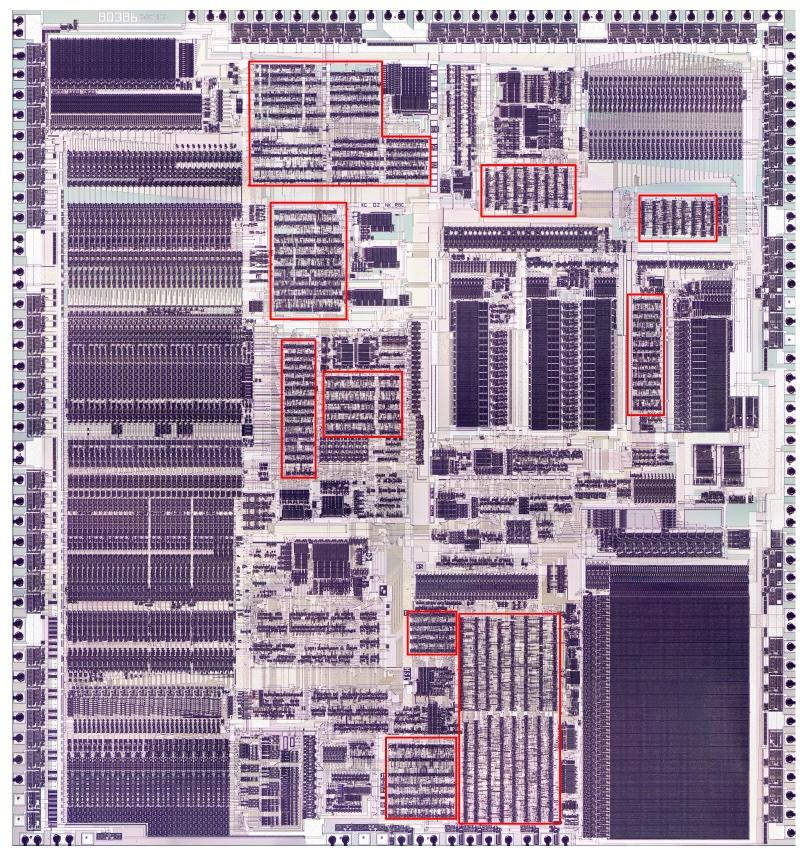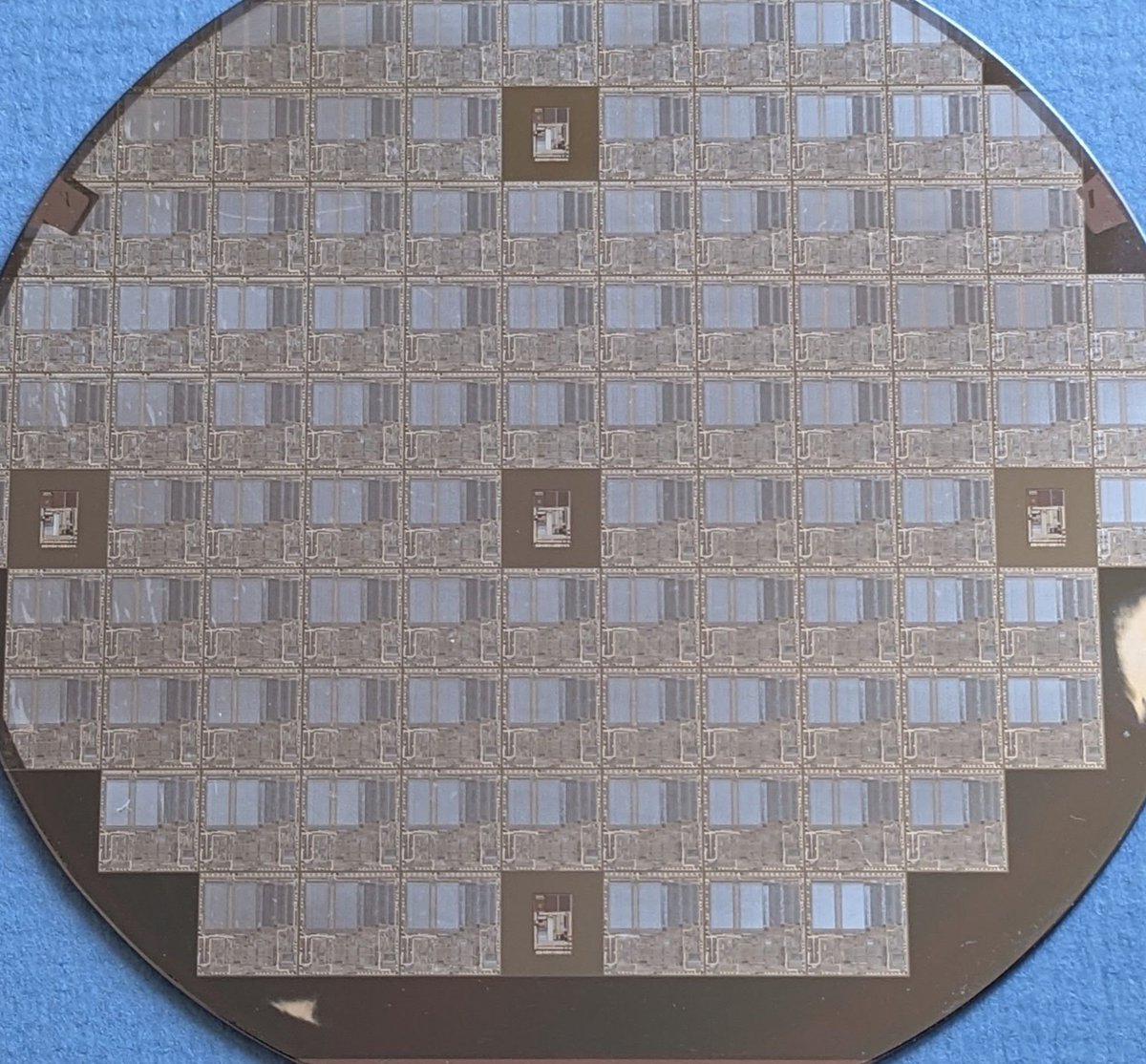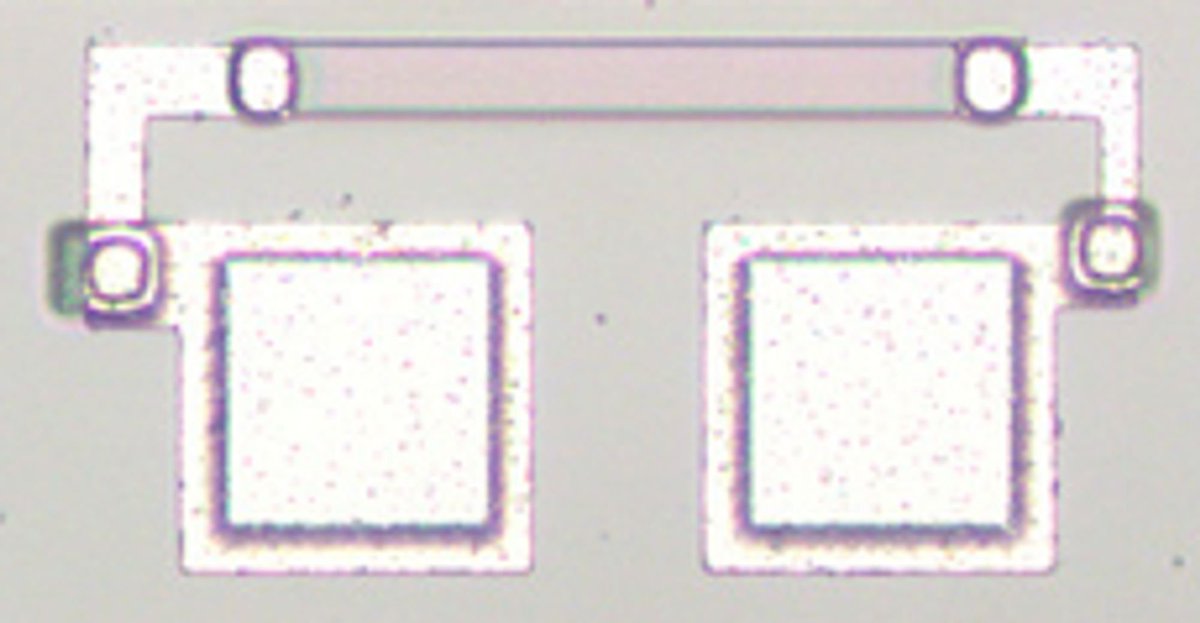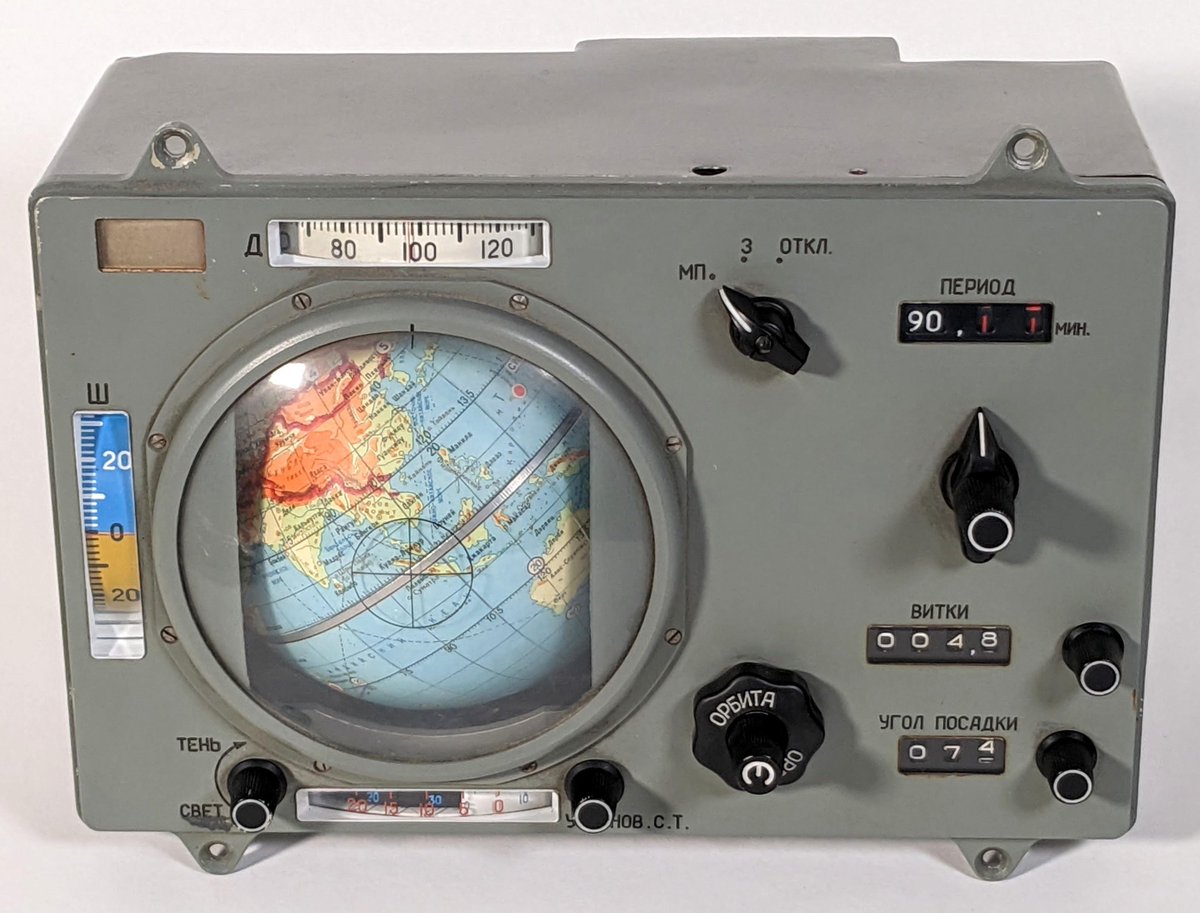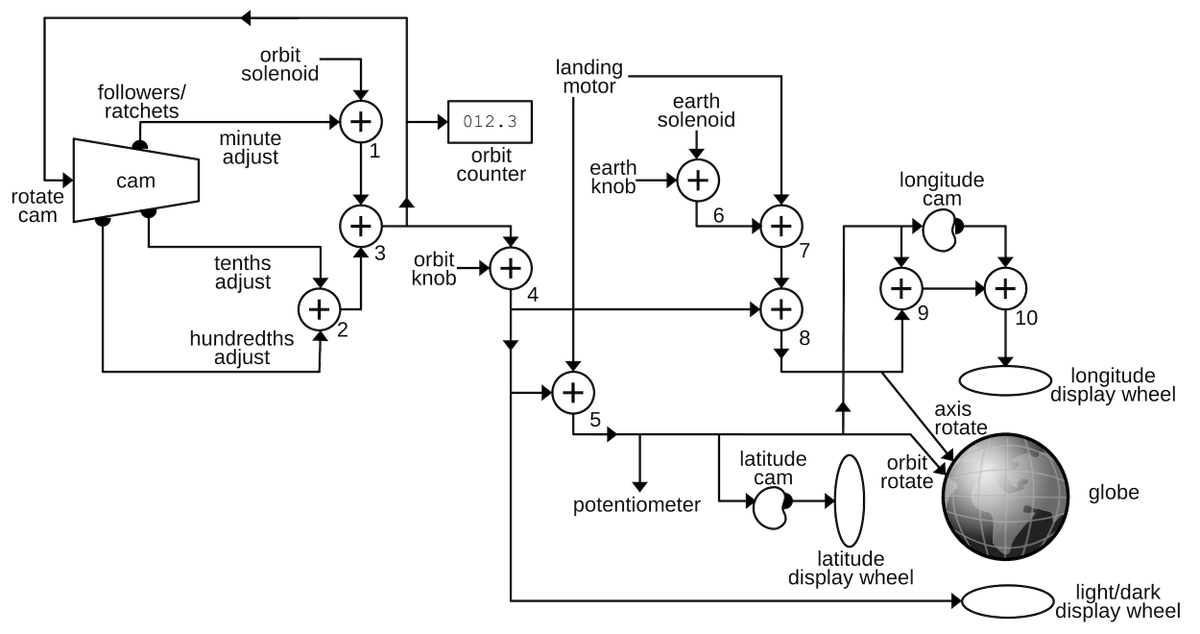Credits: thanks to @Siliconinsid for the die images. The wall-sized 386 photo is from Intel's 1985 annual report. Thanks to Pat Gelsinger who sent me copies of his 1985 papers on the 386. 9/9
• • •
Missing some Tweet in this thread? You can try to
force a refresh


